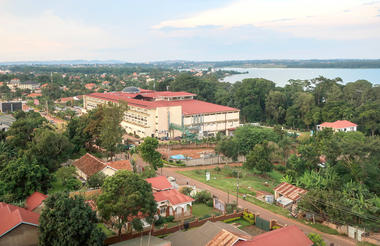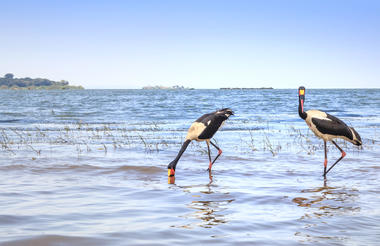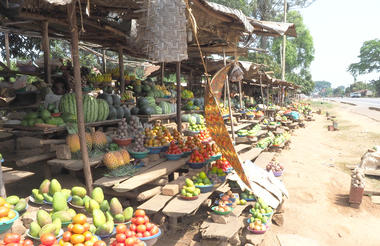Kidepo Valley National Park
Kidepo Valley National Park was gazetted in 1962 and is one of the most spectacular parks in Uganda. It lies in the remote north east of Uganda, bordering with Southern Sudan and close to Kenya. Its relative inaccessibility makes it one of the last untamed frontiers. The park encompasses an area of 1,442km2 with an altitude ranging between 914m and 2,750m. Its varied landscapes of rolling savannah in the Narus and Kidepo Valleys, the mountains of Napore Nyangea, Mount Morangole and Natera Hills, the dry sand rivers of the Narus and Kidepo, the forests of acacia and borasses palms makes for a dramatic view. Although the park is criss-crossed with rivers, they evaporate in the dry season, leaving only occasional waterholes for the wildlife.
The park is home to a wide variety of flora and fauna. Over 475 species of birds including ostriches have been identified, along with 77 mammal species which include large herds of elephant and buffalo, smaller herds of gazelle, kudu, hartebeest , eland, giraffe and zebras. Leopards, lions and cheetahs and the elusive Patas monkeys are also to be seen.
Kidepo you can visit the IK tribe near Mount Morungole to see their adaption to subsistence farming, visit the Karamajong tribe to see their pastoral cow herding ways, visit the Kanangorok Hot Springs, take early morning guided walks and many game drives.


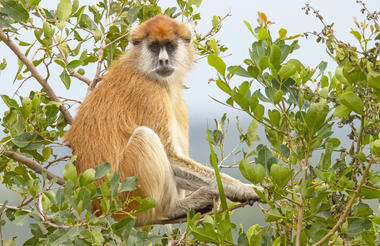
Murchison Falls National Park, the first of Uganda’s parks and created in 1926 to preserve the savannah that Winston Churchill described as “Kew Gardens in 1907 and the zoo combined on an unlimited scale”, is situated in the north of the Albertine Rift and encompasses a total area of 3,980km². The Park is divided by the Victoria Nile and it is here that it surges over 80kms of rapids towards Murchison Falls and where the river tumbles over a narrow gap in the rift valley wall to fall 40m. This colossal force of water creates a dramatic natural spectacle, with a most thunderous noise, which can be viewed by taking a launch trip up the river. After the falls, the Nile then gently meanders, undisturbed for 40km, firstly through the park’s savannah then eventually reaching its journey’s end through the papyrus delta of Lake Albert.
The park is primarily forested savannah and is host to about 76 species animals including Rothschild giraffe, lion, leopard, hyena, elephant, buffaloes, hartebeests, hippos, giant Nile crocodiles and Patas monkey to name but a few and 451 species of birds including, the elusive shoebill stork, giant kingfishers, bee-eaters, night herons and many more. The forests are home to numerous primates, including Chimpanzees
Take up the challenge and fish alongside the many water birds at the base of the falls for a thrilling catch of Nile perch, tilapia, tiger fish and squeaker fish.
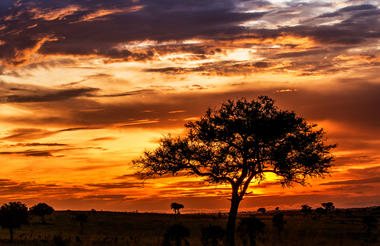
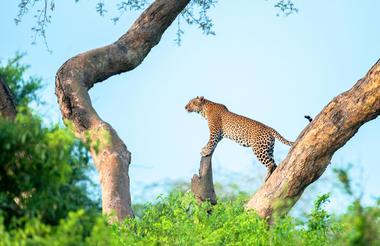
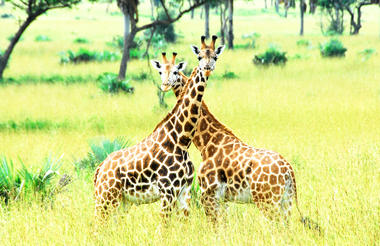
The former seat of Uganda’s government, Entebbe just a short drive from the current capital and offers plenty to keep visitors amused. Tourists can while away days on the beaches along the banks of Lake Victoria, stroll around the fields and forests of the Botanical Gardens. Or visit the Wildlife sanctuary specializing in conservation, wildlife rescues and rehabilitation, and captive breeding of endangered wildlife species.
